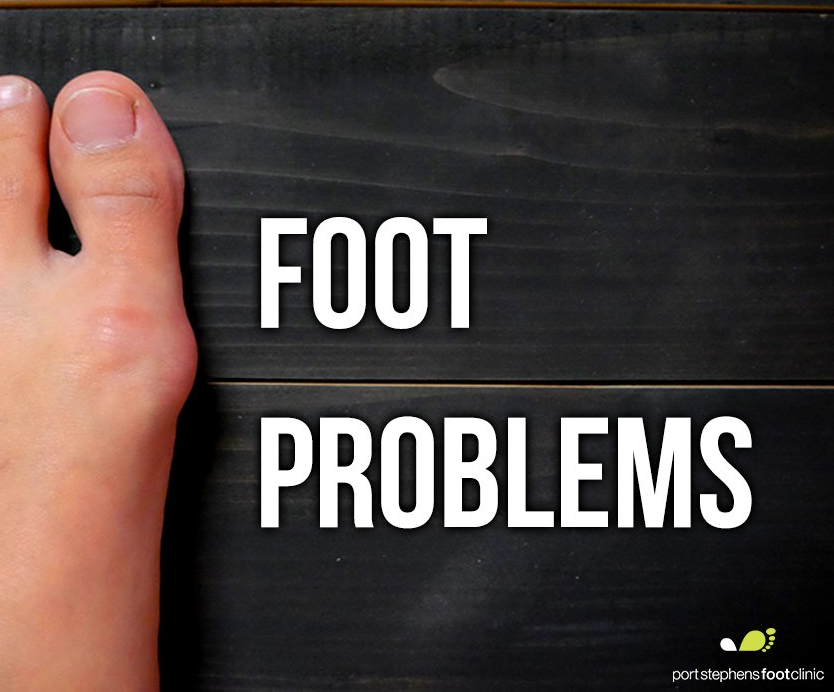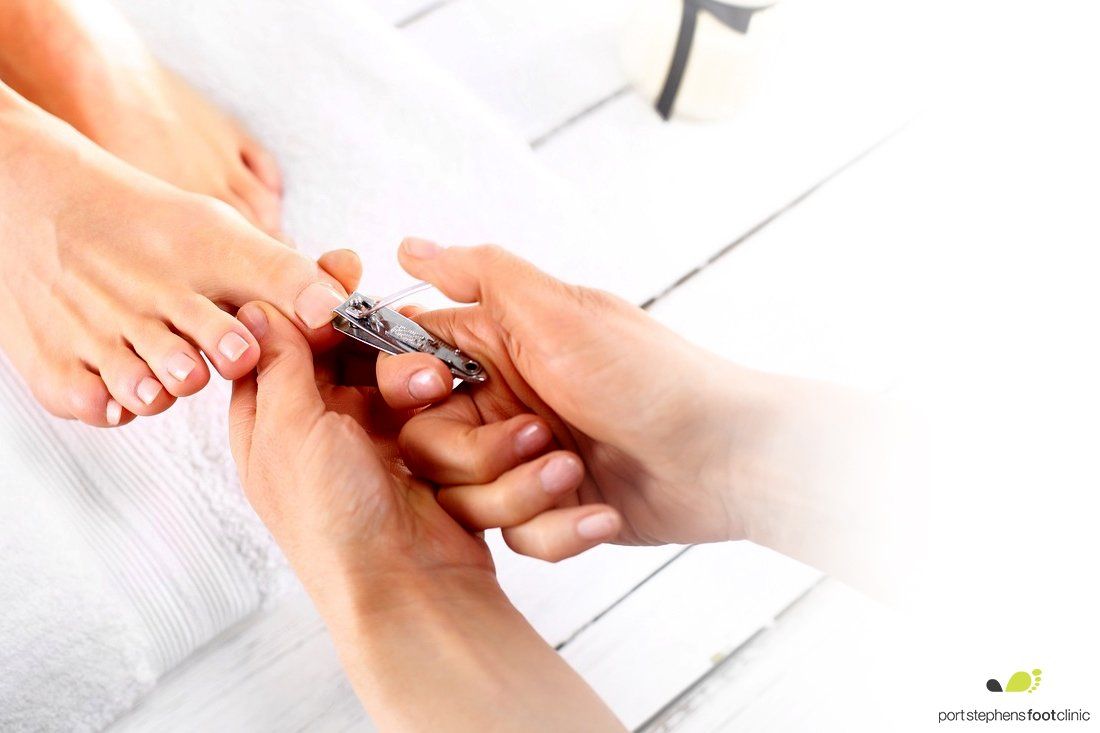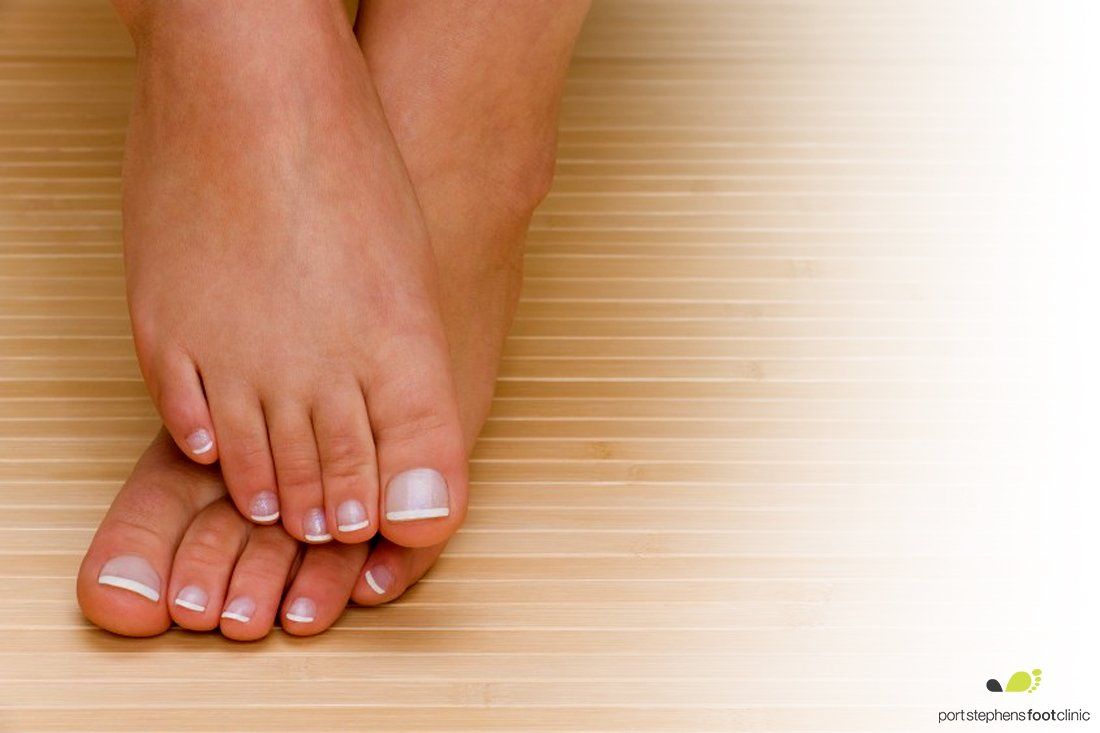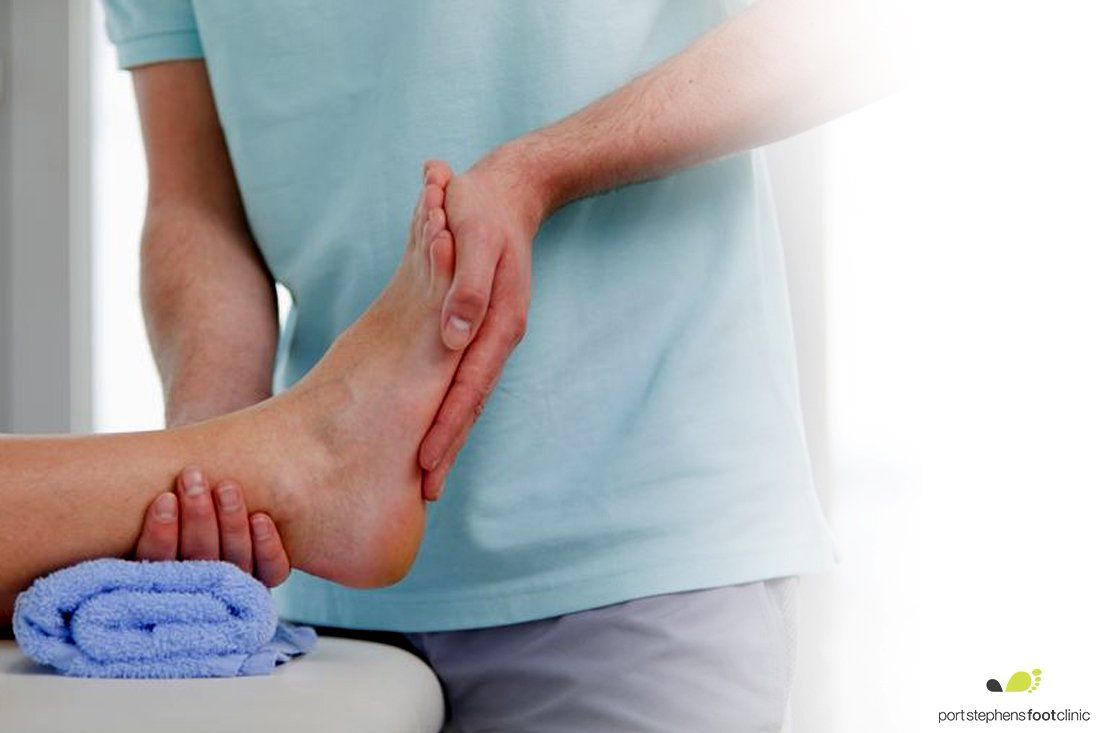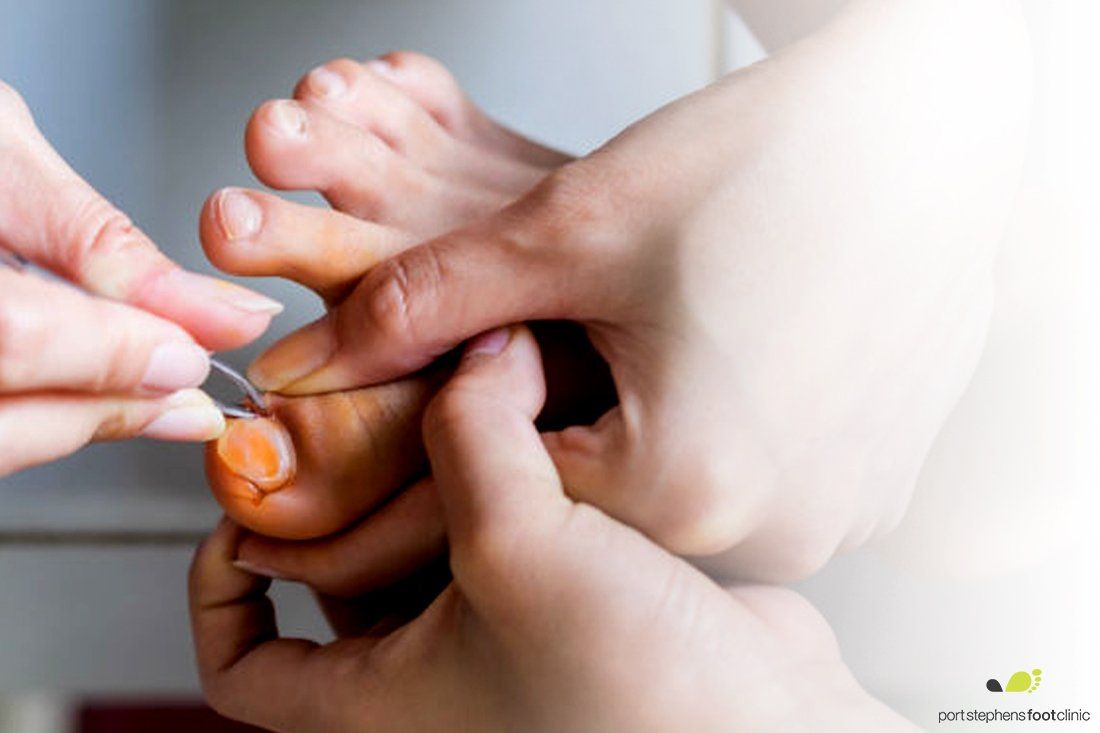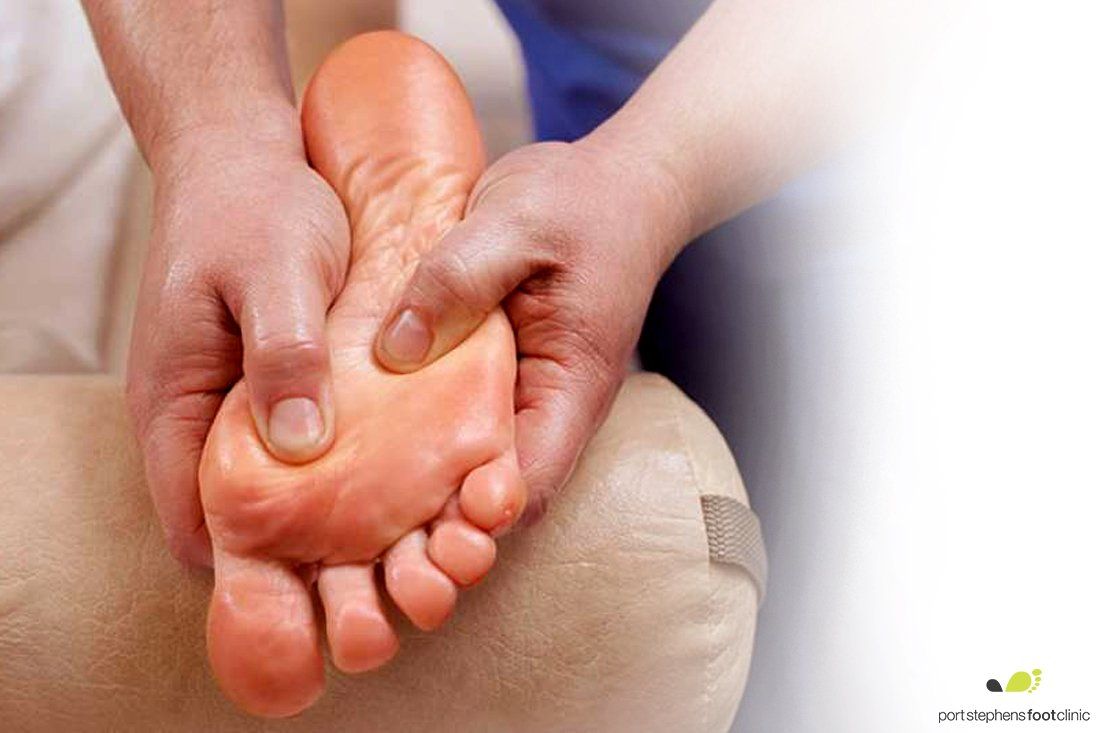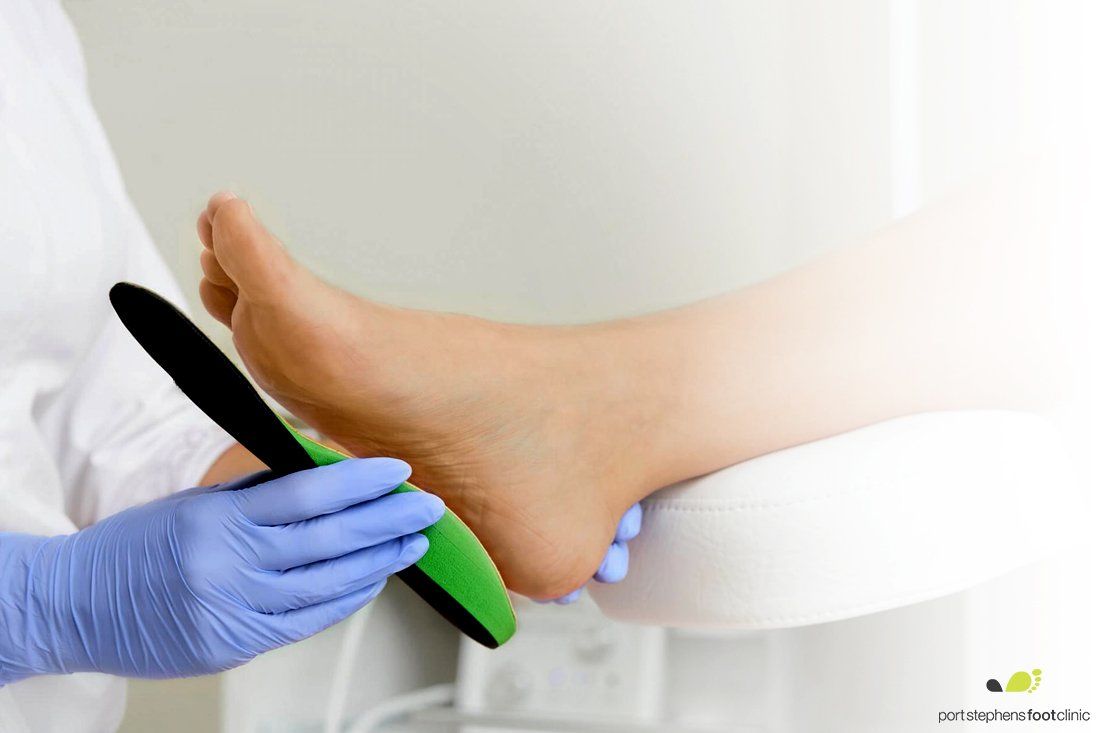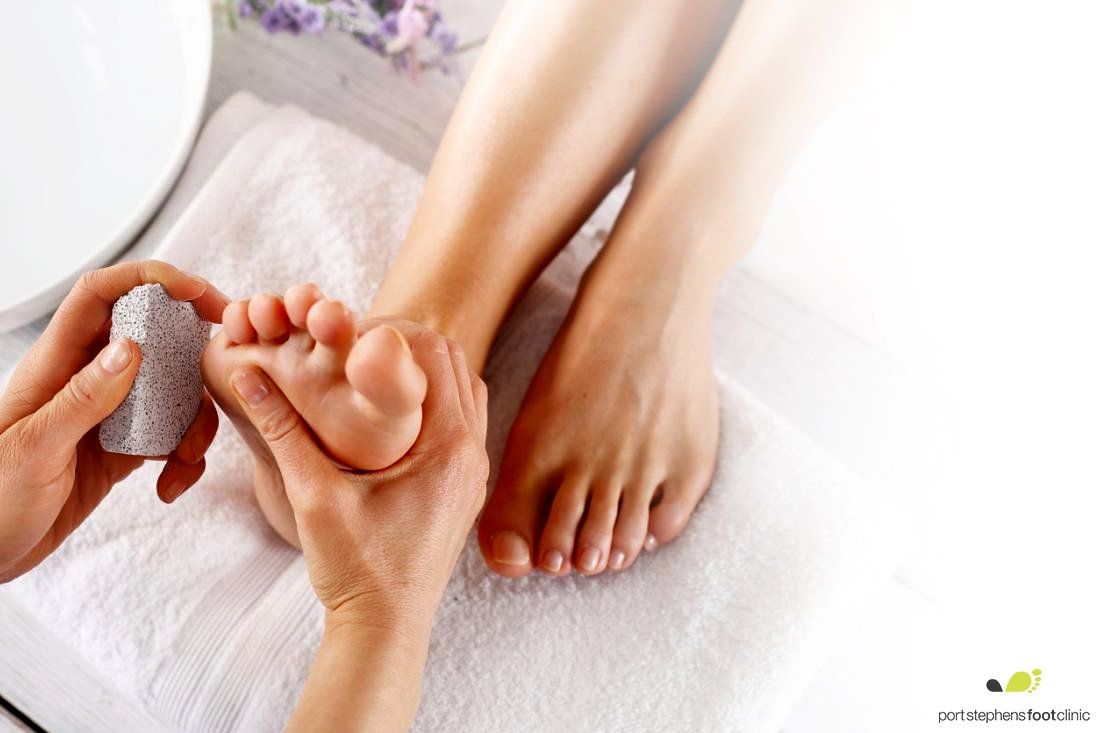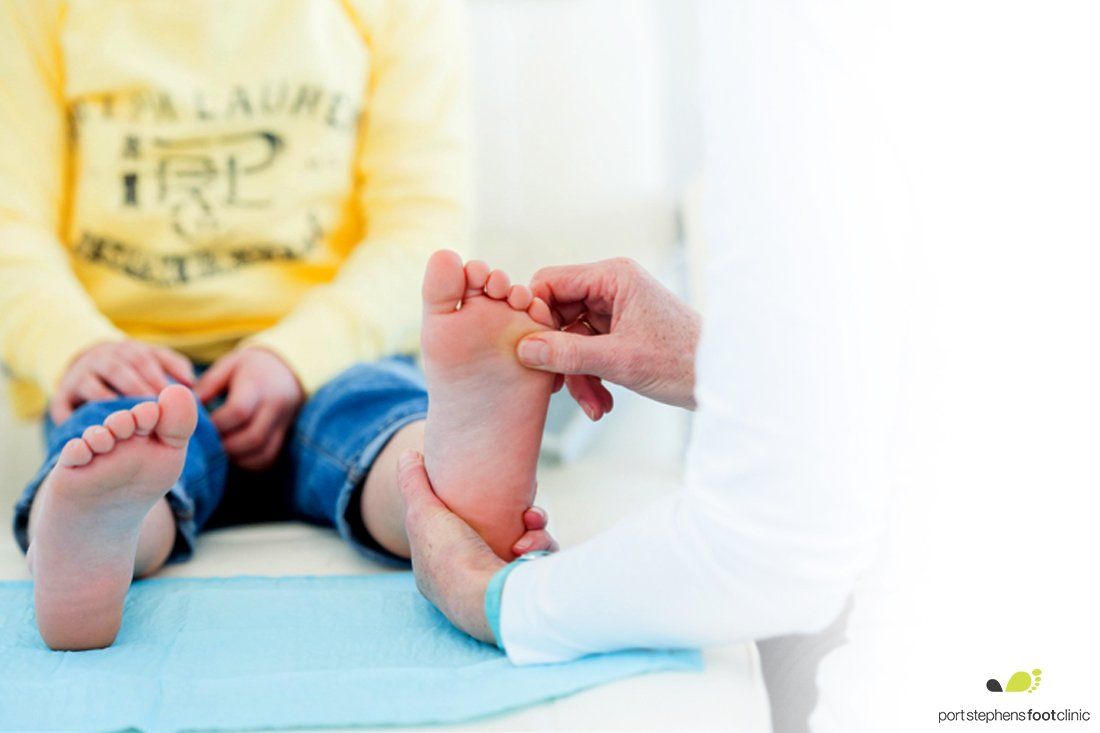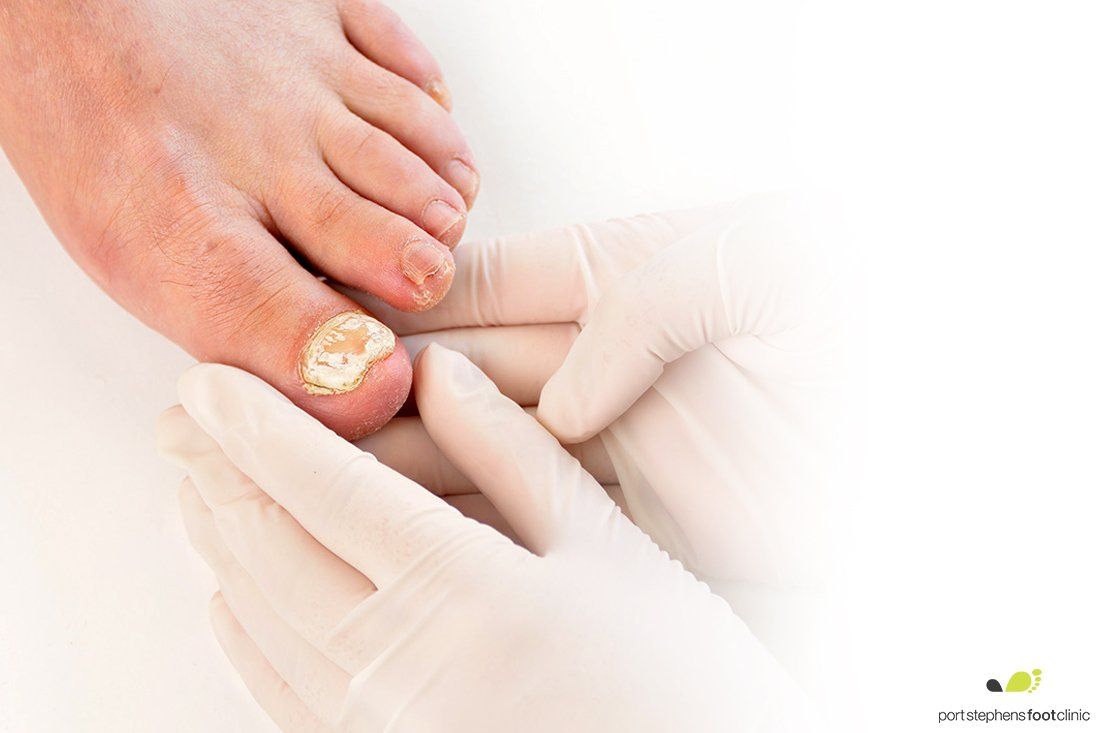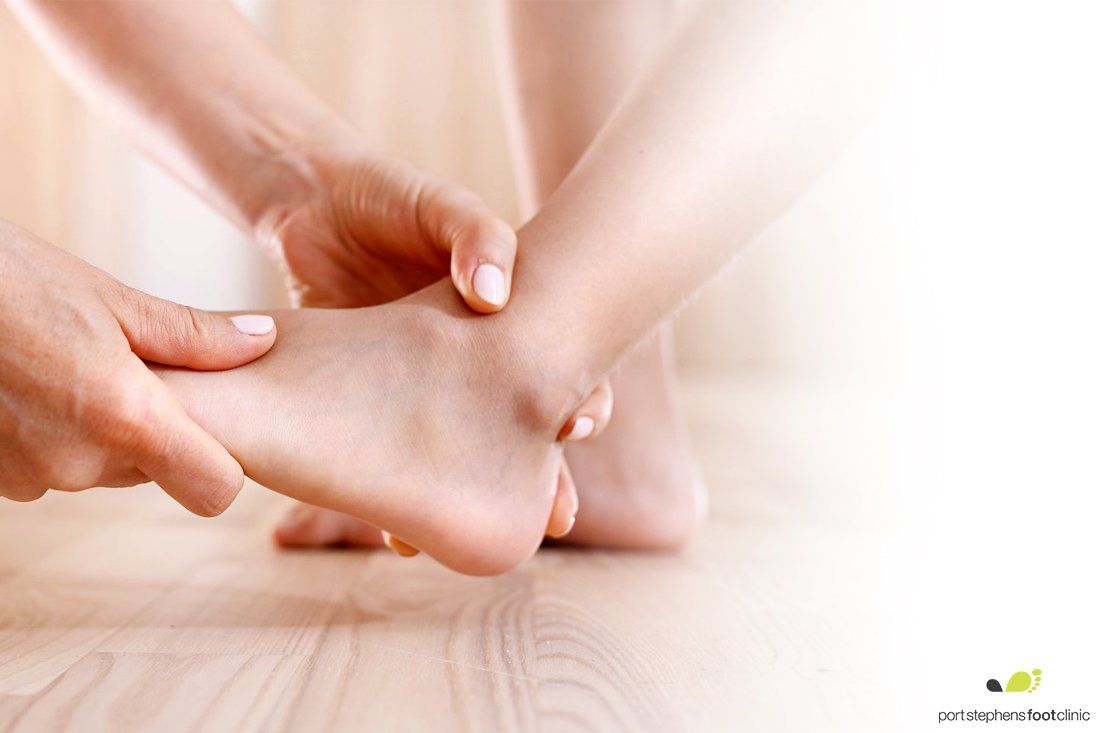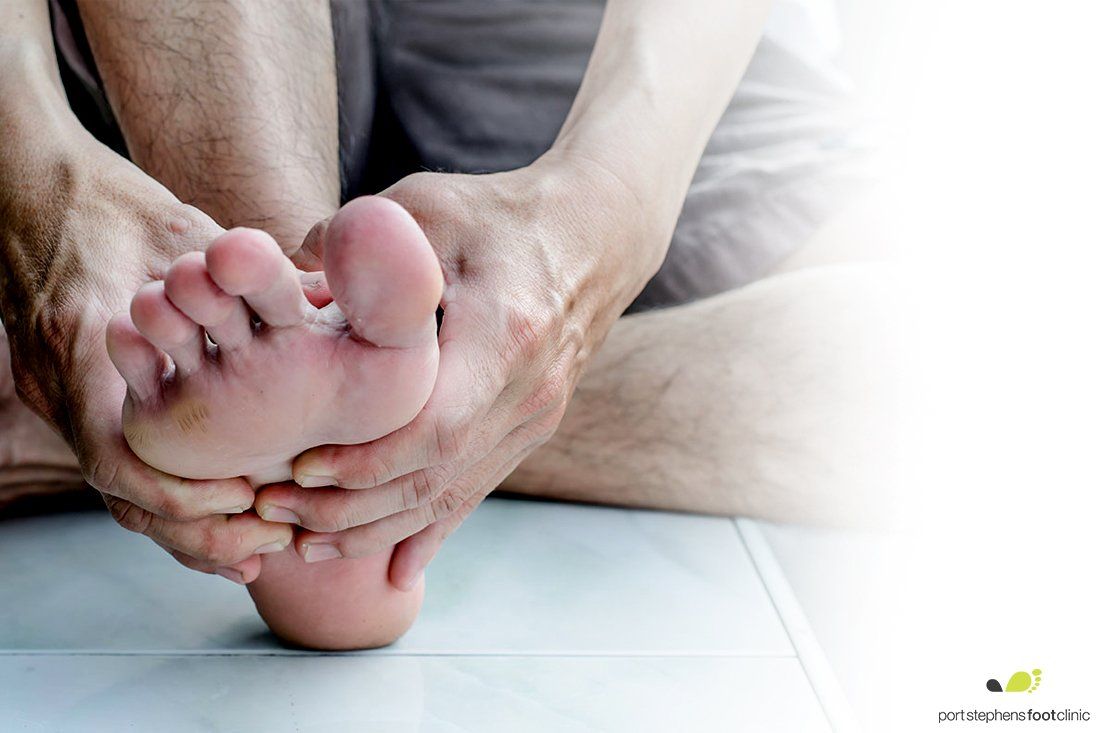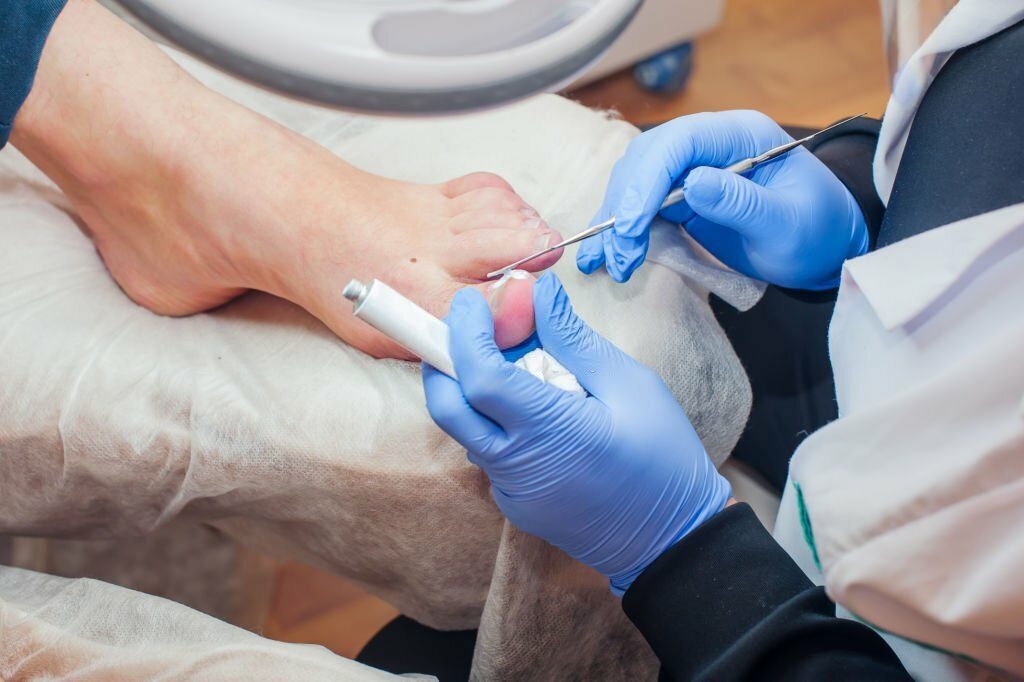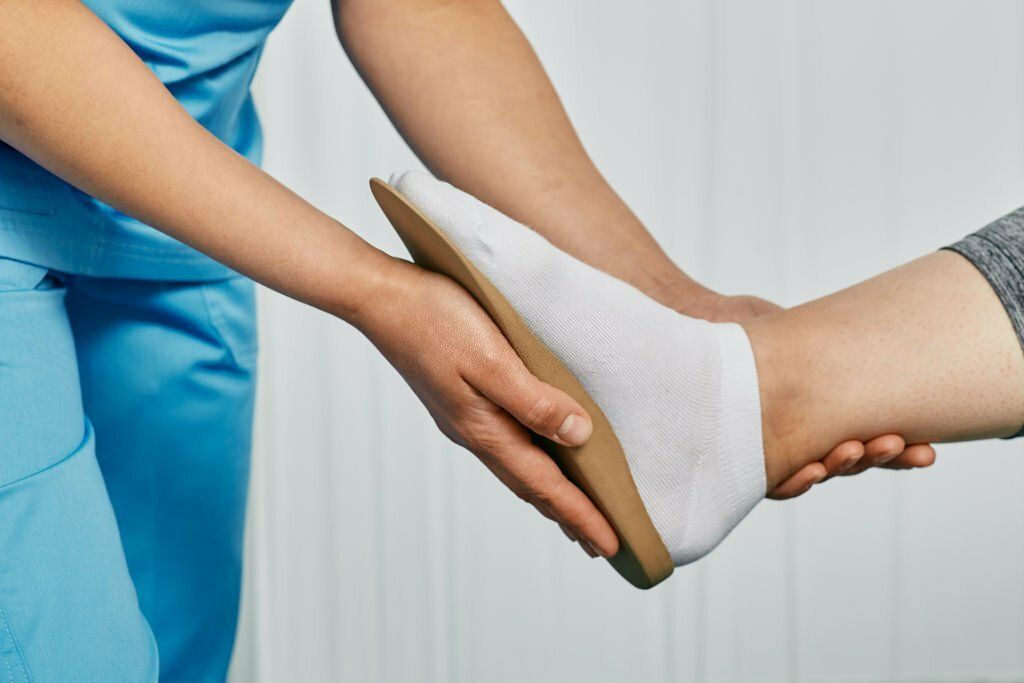Heel Pain
Heel pain can affect anyone at any stage of life. It can be related to a number of different conditions, but the most common offender is plantar fasciitis. We deal with many cases of heel pain and have had very good results. We address this by providing appropriate footwear advice, prescribing stretching and addressing any biomechanical issues with orthoses.
Heel pain can cause a lot of issues with your feet and how you walk. Some people compensate for the pain in their heel by limping and putting their weight all to one side. In fact, unaddressed heel pain can lead to further problems elsewhere. If you limp or favour one side of your body due to heel pain, you could get hip, leg, calf, and knee pain. Getting a diagnosis and solution for your heel issue is crucial to your overall wellbeing.
The Impact Heel Pain Has on Feet
Your foot and ankle work together to assist the walking process. You have 26 bones, 33 joints, and over 100 tendons in your foot and ankle. Your heel is the largest bone, which is also called the calcaneus. As you can imagine, having your heel in good condition is essential for a comfortable walking experience.
If you overuse your feet or injure your foot in some way, it can impact your heel, which, in turn, affects the foot. It’s essential to make sure your heel and foot remain in good shape so that you don’t have issues when you walk.
Heel pain is a common condition when we use our feet in the wrong manner or overuse them.
The most common cause of heel pain is plantar fasciitis. However, other conditions that can cause heel pain include:
- Strain or sprain
- Bursitis
- Achilles tendonitis
- Arthritis
Symptoms:
The main symptom of heel pain is the pain itself. However, some people may notice tenderness or redness at the site. Also, depending on the cause of the pain, you may have mild swelling. It will be difficult to walk.
If your heel pain is due to plantar fasciitis, you will have worse pain in the mornings or when you first begin to walk after prolonged sitting. After walking a few steps, it may ease up.
Risks:
Some risks for developing this problem are as follows:
- Wearing ill-fitting shoes
- Standing or walking for prolonged periods on a hard surface
- Injuring your foot
- Walking with a different gait than normal (could be due to your shoes or some other factor)
- Weight
- Exercising without stretching
- Over exercising
Most of these issues can be changed or remedied. But, once you get heel pain, it can start a downward spiral. We all use our feet every day to get around, so when we have an injury or pain, it can lead to difficulties getting back to regular health.
How We Help Treat Heel Pain
Heel pain is treated through doing some stretches and exercises, and, in some cases, wearing special footwear. Your podiatrist will do an evaluation of your feet to determine the root cause of your heel pain. Next, they will go over a treatment plan with you as appropriate and help with proper footwear if needed.
When To See A Podiatrist...
If you are experiencing heel pain, it is crucial to see a podiatrist right away before it becomes more aggravated.
Contact Port Stephens Foot Clinic to schedule your appointment today!
Foot problems
How to fix Foot problems
Cutting Toenails
Cutting Toenails Newcastle Podiatry
Diabetes
We treat diabetic podiatry with a range of services and assessments
Heel Pain
Newcastle Heel Pain Podiatry
Ingrown Toenails
Ingrown Toenails Newcastle Podiatry
Plantar Fasciitis
Plantar Fasciitis Newcastle Podiatry
Custom Orthoses
Custom Orthoses Newcastle Podiatry
Corns and Callus
Corns and Callus Newcastle Podiatry
Bunions
Bunions Newcastle Podiatry
Children’s Feet
Children’s Feet Newcastle Podiatry
Fungal Nails
Fungal Nails Newcastle Podiatry
Heel Pain in Children (Calcaneal Apophysitis)
Heel Pain in Children (Sever's Disease) Newcastle Podiatry
Achilles Tendonitis
Achilles Tendonitis Newcastle Podiatry
Plantar Warts
Plantar Warts Newcastle Podiatry
Sesamoids
Sesamoids Newcastle Podiatry
Foot Pain
Read MoreCorn & Callus Removal
Read More- Port Stephens Foot Clinic Lemon Tree Passage Location 1061 Lemon Tree Passage Rd, Tanilba Bay NSW 2319, Australia
- Port Stephens Foot Clinic Medowie Location 28A Ferodale Rd, Medowie NSW 2318, Australia
- 1/199 Adelaide Street Raymond Terrace 2324 Raymond Terrace, 1/199 Adelaide St, 2324, NSW, Australia
- Port Stephens Foot Clinic Lambton Location 94 Elder St, Lambton, NSW, Australia
- Port Stephens Foot Clinic Kurri Kurri 110B Lang St, Kurri Kurri, 2327, NSW, Australia
© Copyright 2025 | All Rights Reserved | Port Stephens Foot Clinic



